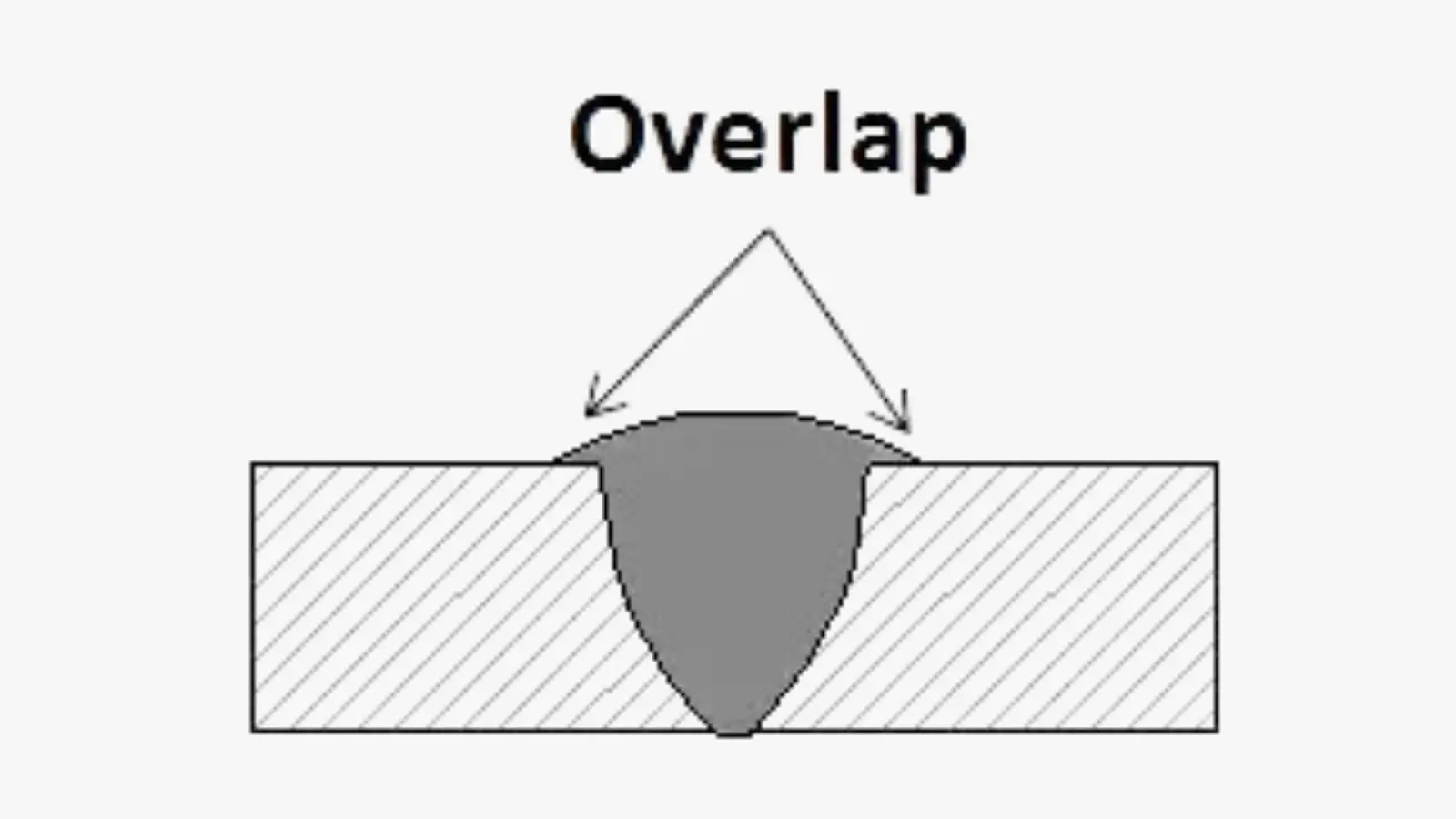Understanding the Art of Welding: How to Prevent Undercut Welding Issues for Flawless Manufacture Results
Efficiency and precision are critical in the globe of welding, where even the tiniest blemish can compromise the architectural integrity of a produced item. One usual difficulty that welders face is damaging, a defect that can deteriorate a weld joint and lead to expensive rework. By comprehending the source of undercut welding and applying effective strategies to stop it, welders can elevate their craft to new degrees of excellence (Preventing weld undercut). In the search of flawless manufacture outcomes, mastering the art of welding to stay clear of undercut problems is not simply a skill yet a need for those pursuing excellence in their work.
Comprehending Undercut Welding

To protect against undercut welding, welders ought to ensure proper welding parameters, such as adjusting the present, voltage, traveling rate, and keeping the proper electrode angle. By comprehending the causes of undercut welding and applying precautionary steps, welders can achieve top quality, structurally audio welds.
Sources Of Undercut in Welding
Understanding the elements that contribute to damage in welding is necessary for welders to create premium, structurally sound welds. When the weld metal does not properly load the groove created in between the base steel and the previously deposited weld steel, undercutting happens. A number of factors can cause undercut in welding. One usual reason is excessive warmth input. Welding at high temperatures for prolonged durations can lead to the base steel melting even more than wanted, resulting in damage. Poor welding present or inaccurate welding rate can additionally add to undercut. Not enough current may not offer adequate warmth to melt the base and filler metals adequately, while extreme rate can prevent proper combination, triggering undercut. Furthermore, improper electrode angles or inaccurate lantern adjustment techniques can create areas of low weld metal deposition, advertising undercut. Recognizing these reasons and implementing proper welding methods can assist protect against damaging concerns, ensuring sturdy and strong welds.
Techniques to stop Undercutting

To reduce the danger of undercutting in welding, welders can utilize strategic browse this site welding methods intended at boosting the high quality and honesty of the weld joints. Additionally, using the proper welding method for the particular joint arrangement, such as weave or stringer grains, can add to minimizing damaging.
In addition, appropriate joint preparation, including making certain clean base materials cost-free of contaminants and using the suitable welding consumables, is critical in avoiding undercut problems. Using back-step welding strategies and managing the weld bead account can also assist disperse warmth equally and minimize the threat of undercut. Routine inspection of the weld joint throughout and after welding, as well as applying high quality assurance actions, can help in detecting and resolving damaging concerns promptly. By implementing these strategies diligently, welders can attain perfect manufacture results with minimal undercut defects.
Significance of Proper Welding Specifications
Selecting and preserving ideal welding criteria is essential for accomplishing successful welds with very little issues. Welding criteria describe variables such as voltage, present, travel speed, electrode angle, and protecting gas flow price that straight influence the welding process. These parameters must be meticulously readjusted based on the type find more information of product being welded, its density, and the welding strategy used.
Correct welding criteria make certain the best amount of warm is applied to thaw the base metals and filler material uniformly. If the parameters are set too expensive, it can cause excessive warm input, triggering spatter, burn-through, or distortion. On the other hand, if the parameters are also low, incomplete fusion, absence of penetration, or undercutting may take place.
Quality Guarantee in Welding Workflow

Final Thought
In final thought, grasping the art of welding calls for a comprehensive understanding of undercut welding, its reasons, and strategies to stop it. By guaranteeing proper welding parameters and applying high quality guarantee techniques, flawless fabrication outcomes can be accomplished. It is vital for welders to continually pursue excellence in their welding operations to prevent undercut concerns and create high-quality welds.
Undercut welding, an usual problem in welding processes, occurs when the weld steel does not appropriately load the groove and leaves a groove or depression along the welded joint.To avoid undercut welding, welders should ensure correct welding specifications, such as adjusting the present, voltage, travel speed, and preserving the appropriate electrode angle. Insufficient welding wrong or present welding speed can also contribute to undercut.To mitigate the danger of undercutting in welding, welders can employ tactical welding techniques aimed at boosting the high quality and integrity of the weld joints.In verdict, understanding the art of welding requires a detailed understanding of undercut welding, its causes, and methods to avoid it.